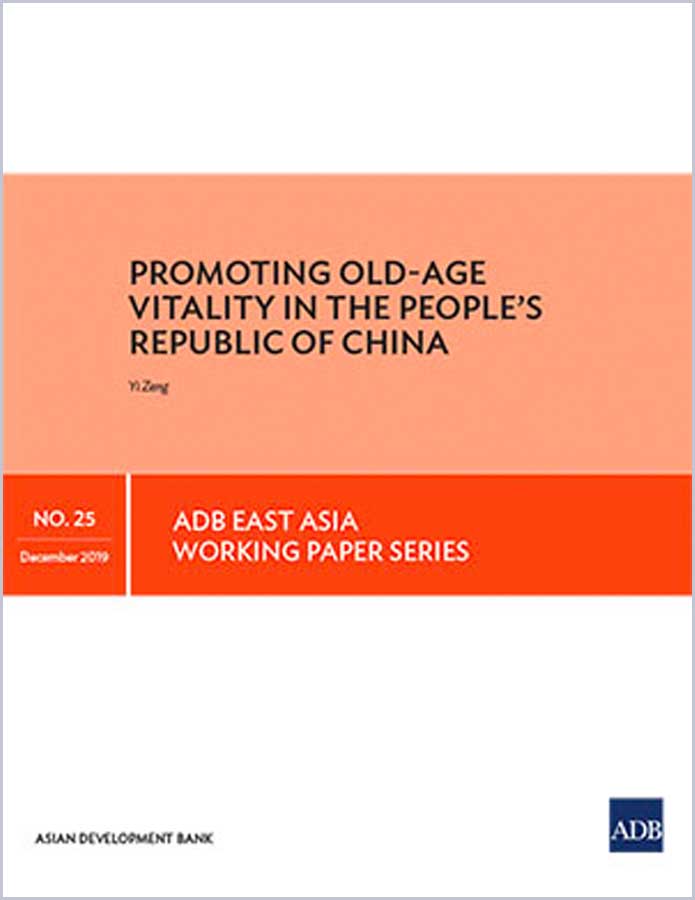“Economies will slow if the region doesn’t deal with its greying population. Asia is unique in that it is aging much faster than other regions and so it needs new solutions specific to the region,” said Donghyun Park, Principal Economist with the Asian Development Bank’s (ADB) Economic Research and Regional Cooperation Department.
Governments though face numerous calls on their finances and have little experience providing elderly care. Needs can vary with some cities aging more rapidly than others. Some elderly need intensive care to tackle dementia or physical disabilities while others may need only intermittent care at home. Elderly care also needs to be coordinated with overall healthcare.
“Private sector technical and operational expertise, as well as possible funding, will be crucial to tackling this,” said Hiroko Uchimura Shiroishi, Senior Social Sector Specialist with ADB’s East Asia Department, noting that while spending on elderly care is going up, it isn’t rising as fast as it needs to. In Asia, government assistance to the elderly in the form of noncontributory transfers or social pensions averages only 0.2% of aggregate gross domestic product, with only five countries – the Maldives, the Republic of Korea, Thailand, Mongolia, and Nepal – spending more than that (Social Protection Index).
In the PRC, ADB is working with the local government in Yichang, a third-tier city in the Yangtze River Economic Belt region, to structure a public-private partnership (PPP) that will demonstrate how the government and private entities can work together to provide better elderly care services. Under the PPP, the Yichang local government will build the elderly care facilities while the private entity will run them, providing different levels of care. An upcoming project in the southern Guangxi Zhuang Autonomous Region will build on this work to train and develop another PPP project in which the private sector partner will both build and run the elderly facilities and services.
Another PPP project in the pipeline in Xiangyang, Hubei Province will further help develop a range of care services, including residential care, daycare, rehabilitation, and geriatric medicine.
“Across developing Asia, there is a huge lack of knowledge within local governments about the intricacies of social sector PPP design, procurement, and contract management,” said Srinivas Sampath, Chief of ADB’s PPP thematic group. “Promoting a mechanism for genuine and transparent PPPs that can be replicated would allow the region to tackle the funding gap and the complex issues around elderly care.”
Services will focus around a three-tier system comprising options for elderly care in elderly residences, in the community, or from their home rather than simply building more old-age homes with more beds. This 3-pronged approach is in line with international trends which recognizes that delivering services to the elderly in their own home is both better for the older person, more cost-effective in the long-run, and allows family carers to return to the labor market.










